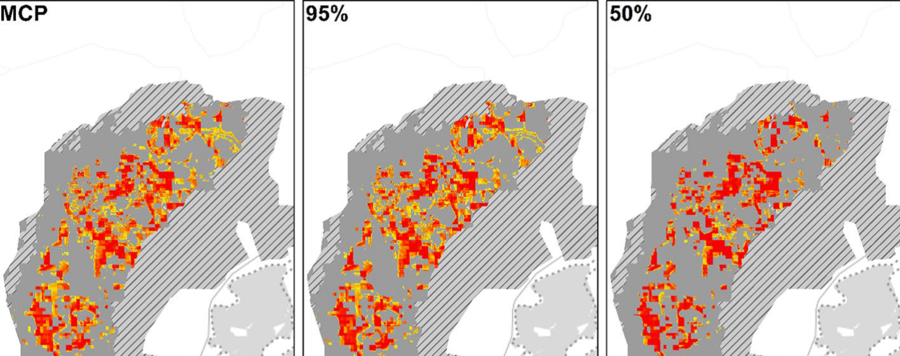
Using indicator species to detect high quality habitats in an East African forest biodiversity hotspot
Species demanding specific habitat requirements suffer, particularly under environmental changes. The smallest owl of Africa, the Sokoke Scops Owl (Otus ireneae), occurs exclusively in East African coastal forests. To understand the movement behaviour and habitat demands of O. ireneae, we combined data from radio-tracking and remote sensing to calculate Species Distribution Models across the Arabuko Sokoke forest in southern Kenya. Based on these data, we estimated the local population size and projected the distribution of current suitable habitats. We found that the species occurs only in Cynometra woodland with large old trees and dense vegetation. Based on home range sizes and the distribution of suitable forest habitats, the local population size was estimated at < 400 pairs. Ongoing selective logging of hard-wood trees and the production of charcoal are reducing habitat quality of which will reduce the low numbers of O. ireneae, and of other specialist forest species, even further. Due to their close connection with intact Cynometra forest, O. ireneae is an excellent indicator of intact forest remnants. In addition, this species is a suitable flagship for the promotion and conservation of the last remaining coastal forests of East Africa.






